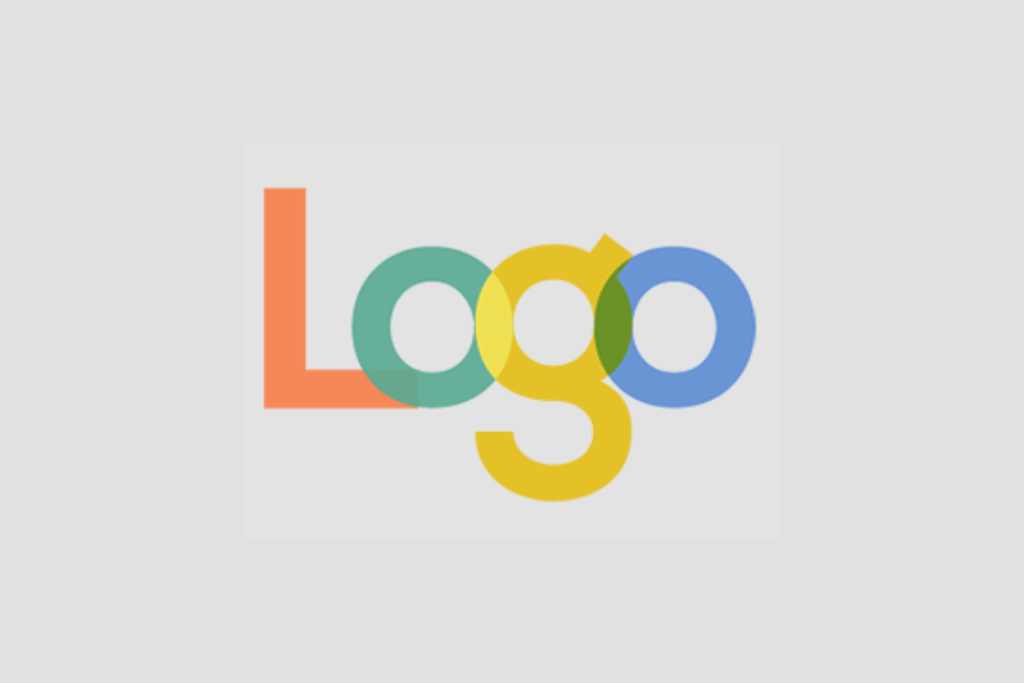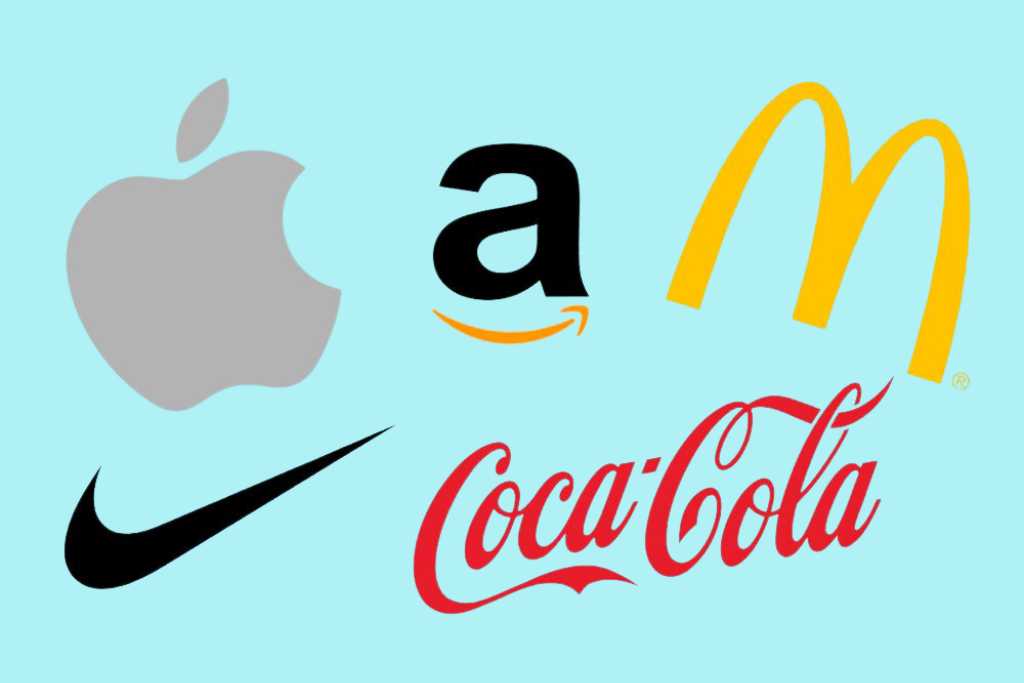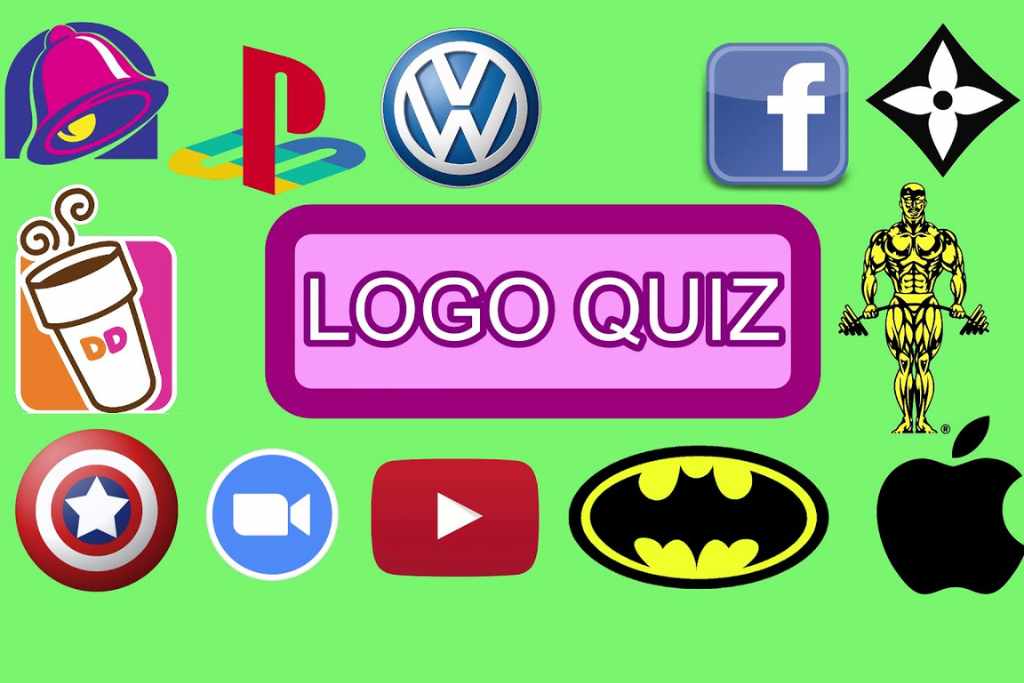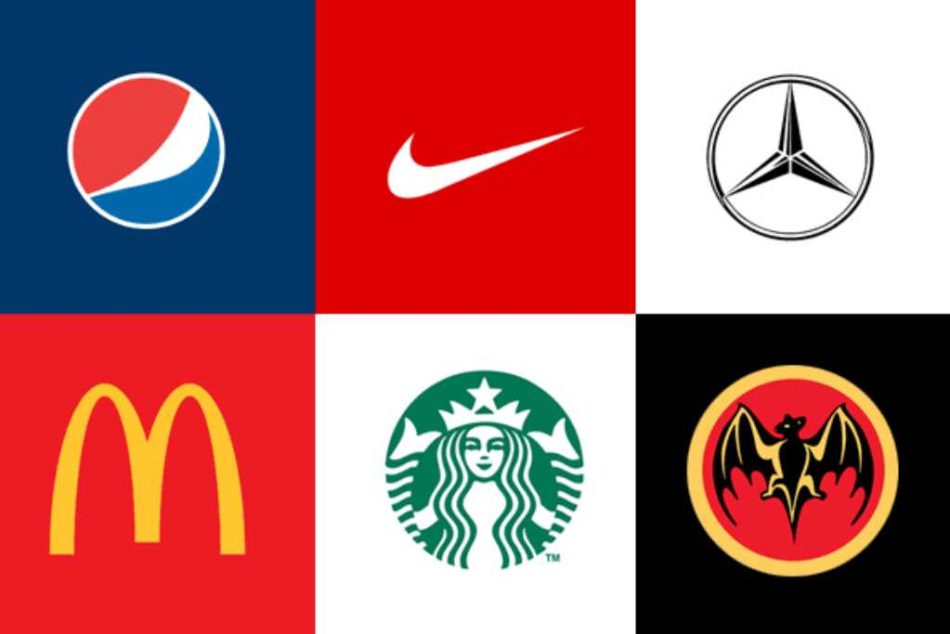Welcome to our fun and interactive logo-guessing game! Whether you are a graphic design enthusiast, a brand expert, or just someone who loves playing games, this is the perfect activity for you. Are you ready to put your logo knowledge to the test? Let’s dive in!
The game is simple: we will be showing you a series of logos from famous brands, and it’s up to you to guess which company they belong to. From global corporations like McDonald’s and Coca-Cola to niche boutique brands like Lush Cosmetics and Glossier, our game covers a wide range of industries and companies, making it both challenging and exciting.
But why play this game? Well, apart from being an enjoyable pastime, testing your knowledge of logos can actually bring about many benefits. Firstly, it can improve your visual memory skills as you try to recall the details of each logo. Secondly, it can increase your awareness of popular brands around you that you may have never noticed before. Lastly, it can be a great way to keep yourself updated with the ever-changing world of branding.
For those who are new to the world of logos and branding, don’t worry; this game is suitable for all levels. It’s not about knowing every single logo out there but rather recognizing common elements that make up a successful logo design. You’ll learn as you go along and have fun while doing so!
Importance of Logo Recognition
Logos are an essential part of a company’s branding strategy. They serve as a visual representation of the brand and can greatly affect consumer perception and recognition. Logo recognition refers to the ability of consumers to identify and associate a logo with a particular brand or company. In other words, it assesses how well consumers comprehend and remember a logo.

There are various reasons why having strong logo recognition is important for a brand:
- Differentiation from competitors: In today’s highly competitive market, standing out from the competition is crucial for businesses’ success. A unique and recognizable logo can help distinguish a brand from its competitors and make it more memorable to consumers.
- Brand identity and consistency: A well-designed logo that effectively communicates the brand’s message helps establish its identity in the minds of consumers. It also serves as a consistent visual element across all marketing materials, creating unity and reinforcing brand recognition.
- Builds trust and credibility: Consumers tend to trust brands with strong identities that they can easily recognize. This means that having high logo recognition can attract new customers and increase loyalty among existing ones.
- Cost-effective marketing tool: Logos have the power to convey a lot of information about a brand without using any words, making them highly efficient in terms of marketing costs. Once established, logos become instantly recognizable symbols that can be used across various platforms, such as packaging, advertisements, social media, etc., without needing much explanation or context.
- Creates emotional connections:
How to Play the Logo Guessing Game
Playing the Logo Guessing Game is a fun and exciting way to test your knowledge of popular logos from around the world. The game can be played individually or with a group of friends, making it perfect for parties, family game nights, or just as a fun pastime activity.
Here’s a step-by-step guide on how to play the Logo Guessing Game:
- To start the game, you will need to gather all the necessary materials. This includes a list of logos (which can be printed or displayed on a screen), pens and paper for each player, and a timer (optional). You can either create your own list of logos or use pre-made lists available online.
- The Logo Guessing Game has two playing styles: classic and Speed Round. In the Classic style, players take turns guessing the logos, while in the speed round, everyone participates at once. For those playing individually, the Classic style would be more suitable. However, if playing in groups, you can choose whichever style you prefer based on time constraints and the number of players.
- The first player takes their turn by choosing one logo from the list and describing it to others without revealing its name. They can describe colors, shapes, symbols, or anything else that they think will help others guess correctly. For example, “This logo is red with two golden arches.”
Examples of Logos and Their Meanings
In the world of marketing and branding, logos play a significant role in representing a company’s identity and values. A well-designed logo can convey a brand’s message and attract potential customers, making it an essential aspect of any successful business.

To test your knowledge of famous logos, we have put together a fun guessing game. But before we dive into the game, let’s take a closer look at some examples of logos and their meanings.
Apple: The iconic apple-shaped logo has been synonymous with the tech giant since its inception. The simple yet effective design represents creativity, innovation, and simplicity—key elements that define Apple’s products.
Nike: The swoosh logo is one of the most recognizable symbols worldwide, representing one of the largest sports apparel companies. The swoosh is a symbol of movement and dynamism that Carolyn Davidson created in 1971 for only $35, which is ideal for a brand associated with athletes.
McDonald’s: The golden arches have graced every corner of the globe and are undoubtedly among the most well-known logos. Originally designed as an architectural element in McDonald’s restaurants to catch drivers’ attention from afar, it now represents joy, happiness, and affordability related to fast food.
Coca-Cola: A true masterclass in brand consistency, Coca-Cola’s classic red and white scripted logo has remained unchanged since 1886. It symbolizes tradition, quality, and happiness—everything you would expect from America’s favorite soda company.
Benefits of Playing the Game
Playing games can be a great source of entertainment and relaxation, but did you know that it also has many other benefits? Our fun guessing game not only provides hours of fun and mental stimulation but also offers some great advantages for your brain and overall well-being. This section will dive deeper into the benefits of playing our logo guessing game.
- Boosts Memory and Cognitive Skills:
One of the key benefits of playing our logo guessing game is that it helps improve memory and cognitive skills. By trying to remember different logos or clues, your brain is constantly exercising its memory muscles. This can have a positive impact on your short-term memory as well as long-term memory recall. Additionally, the game requires critical thinking skills to solve the clues and guess the correct answer, which can help sharpen your cognitive abilities. - Enhances Problem-Solving Skills:
Our logo-guessing game presents players with various challenges that require them to think outside the box to find solutions. As they work through each clue, they develop their problem-solving skills by analyzing information, identifying patterns, and making connections between different logos or hints provided. These skills are not only valuable in this game but are also transferable to real-life situations where quick thinking and creative problem-solving may be required. - Increases Attention Span:
In today’s fast-paced world filled with constant distractions, it can be challenging to focus our attention on one task for an extended period of time. However, playing our logo guessing game can help
Challenges to Watch Out For
There are numerous elements that go into creating a successful logo and many challenges that designers face when trying to come up with a memorable and impactful design. In this section, we will discuss some of the common challenges to watch out for when creating a logo.
- Finding the right concept: One of the biggest challenges in logo design is coming up with an original and effective concept for the brand. It’s important for a logo to be unique and stand out from competitors while still accurately representing the brand’s values and message. This requires creativity, research, and brainstorming to find a concept that works best.
- Keeping it straightforward but memorable: However, achieving this balance between simplicity and memorability can be challenging. Too much complexity can make it difficult for people to understand or recall the logo, while overly simplistic designs may not have enough impact or interest.
- Versatility across different mediums: A well-designed logo should look good on various platforms such as print, digital media, merchandise, etc. Designers need to consider how their logos will appear on different backgrounds, sizes, and colors while still maintaining their visual appeal.
- Avoiding cliches: It’s easy to fall into cliched ideas when designing a logo, as certain symbols or images are associated with particular industries or concepts. Think of how many restaurants use images of forks or spoons in their logos. While these symbols may seem like an obvious choice at first,
Conclusion and Call To Action
Logo knowledge plays a huge role in our daily lives as we encounter logos daily, from the brands we use to the products we buy and even the services we avail. They serve as visual representations of companies and can greatly influence our perception and decision-making.

Our fun logo-guessing game has tested your knowledge of some of the most iconic logos in history. It may have been challenging at times, but it was also a reminder that being able to identify these logos is truly an impressive skill.
We hope you enjoyed playing this game and were able to learn something new along the way. Now that you have put your logo knowledge to the test, let’s talk about how you can continue to improve and expand it further.

